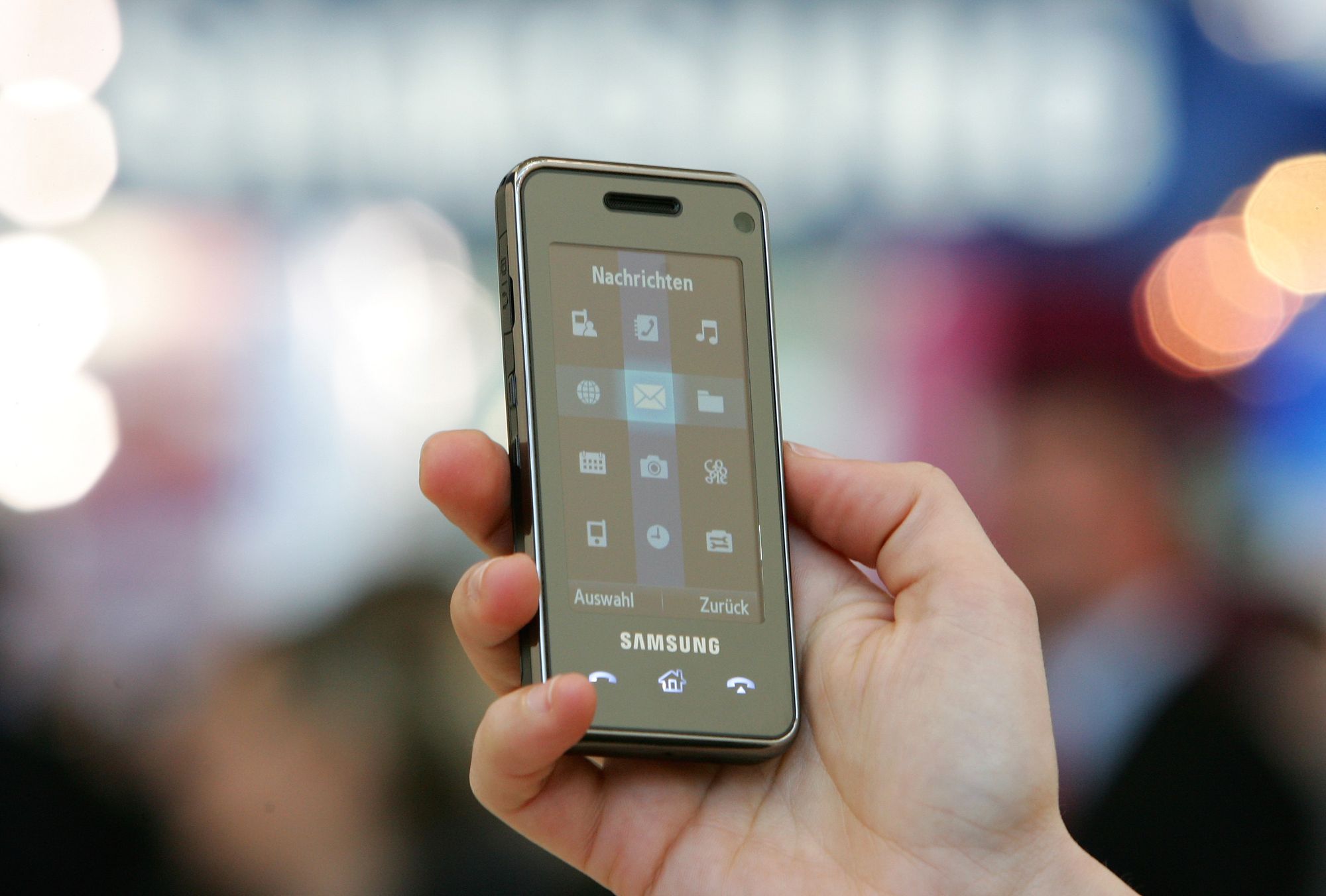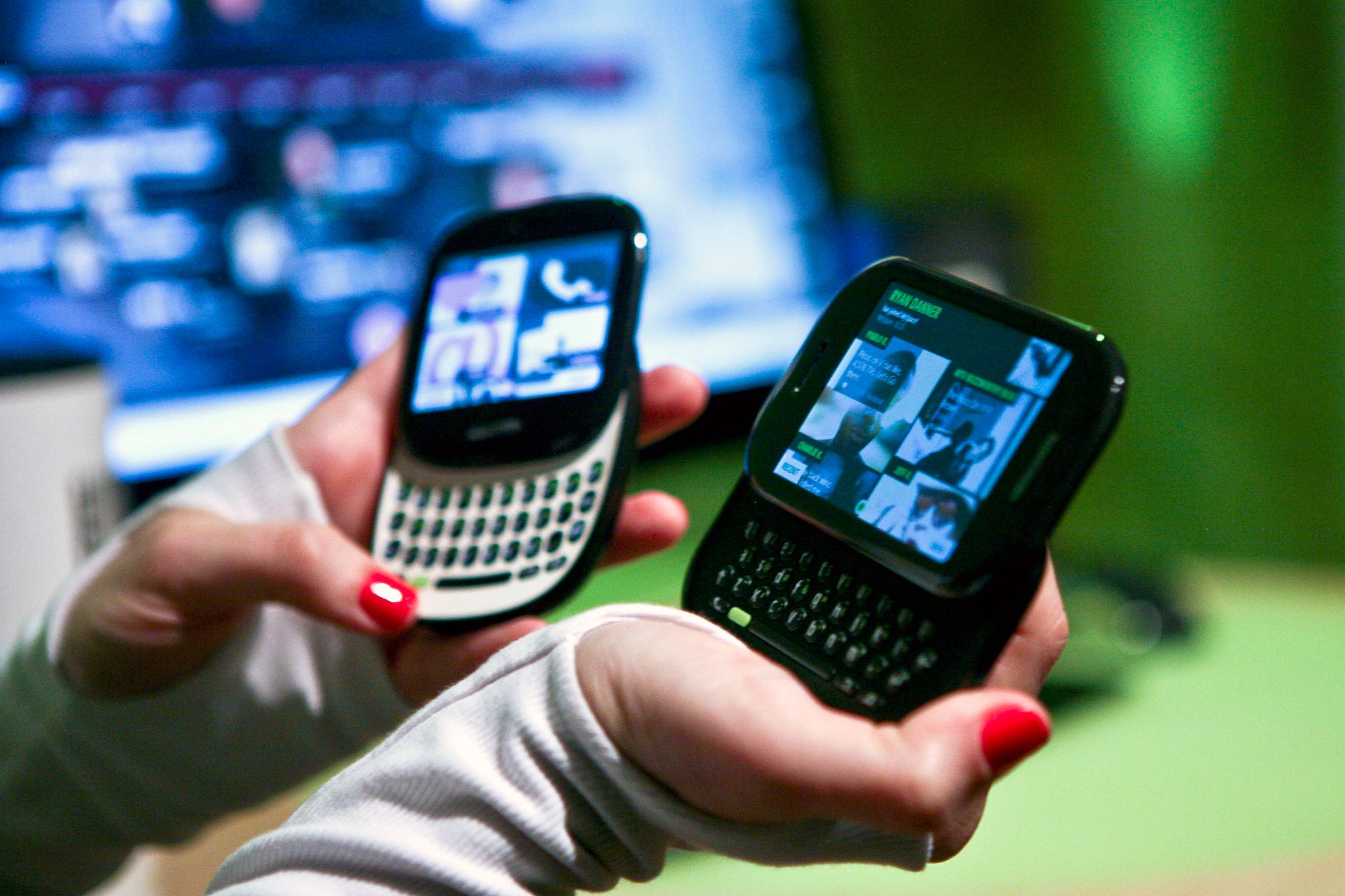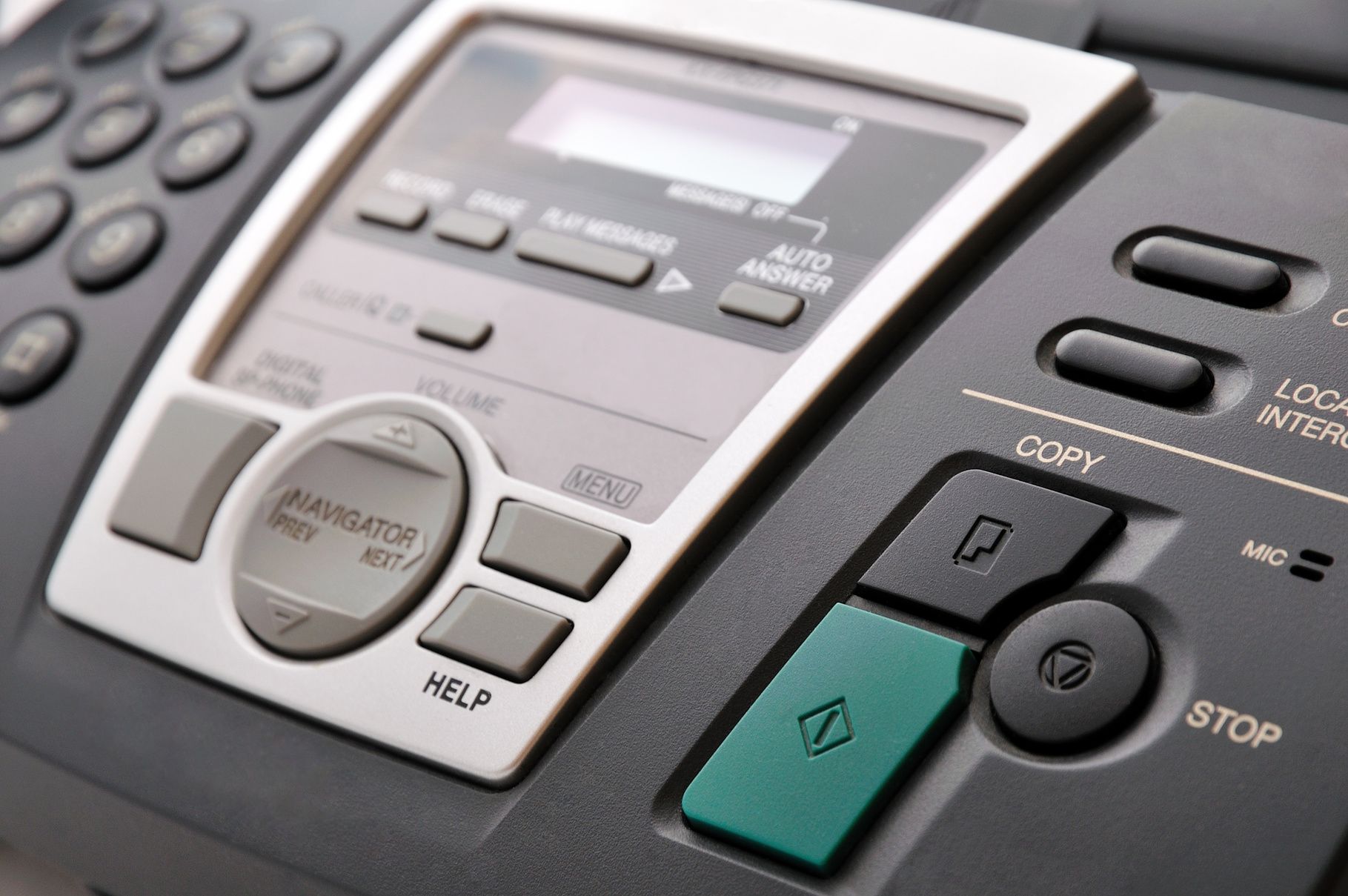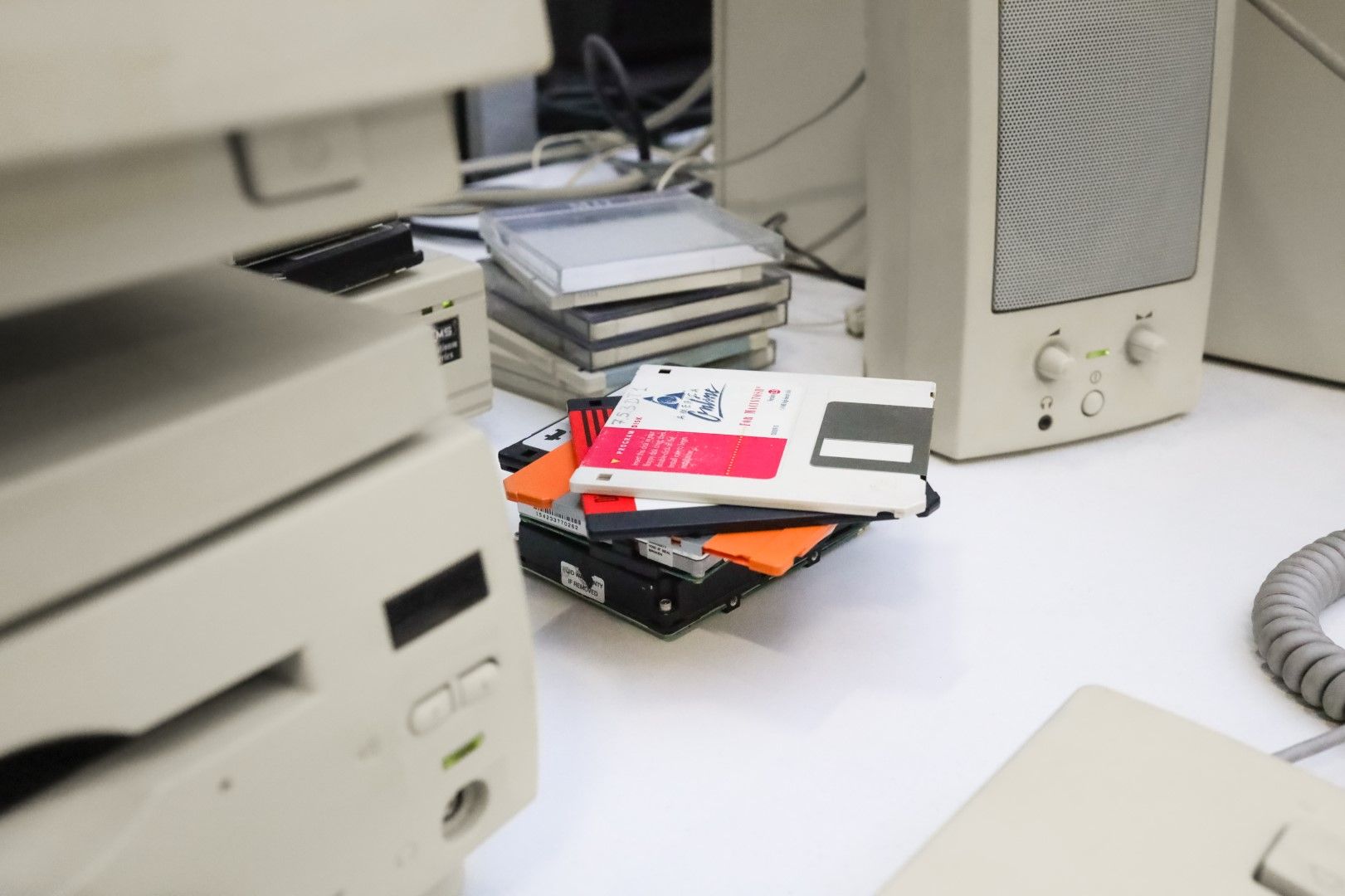A modern phone isn’t defined by a single feature. When compared to their predecessors which set off a mobile revolution in the early 2000s, they share plenty of traits once unimaginable for gadgets of its class—from app catalogs and embedded payment cards to an always-online philosophy which makes the word “phone” itself a misnomer. There is, however, the single, most obvious mark of a cell phone of 2010s and beyond: a touch screen interface which makes it easy for users to type, flick, browse, and scroll their way to a despair.
The combination of a finger-friendly touch screen hardware with fitting controls and gestures was the bigger of two bets made by Apple with its first iPhone in 2006. (The other one was building a mobile browser which, per Gizmodo’s Brian Lam, “actually renders everything ‘as it should.’”). It wasn’t until the next generation of iPhones when they got its seminal App Store—and that’s when smartphone companies joined the fight, investing into new platforms such as Android or adopting aging Symbian and Windows Mobile systems to the new reality.
Smartphones, however, were representing only a fraction of the mobile phone market by then, and many people didn’t really feel the need for one. The cost of ownership, considering both the price of handsets and data plans, was one of factors. Notably, switching between dozens of apps and having a constant Internet access wasn’t yet an unspoken requirement. Owning what would be retroactively called “feature phones” was perfectly acceptable in the late-2000s society.
And yet, feature phone manufacturers weren’t able to ignore the demand for the iPhone and similar devices. The popularity of “touch phones,” which technically predated the iPhone, boomed, and said phones formed a category representing a notable part of the mid-decade mobile phone selection. Select touch phones, complete with a rich feature set for their time, were going directly against the iPhone, with one of manufacturers having an audacity to publicly accuse Apple of copying the whole form factor.
iPhone’s Concurrent Couture Competitor
Apple’s second entry into the phone market wasn’t, by any means, the first touch screen phone ever. IBM, a one-time smart phone maker, used it as the key input method all the way back in early 1990s. And while a touch screen was a feature primarily found on smartphones, some odd, less capable phones did use it for features of varying usefulness—from drawing to entering Chinese characters by hand. What did set the iPhone apart from those phones is the way the touch screen was presented—not only as a primary control method, but also the one which did not need styluses, keypads, any other intermediate or auxiliary elements.
While the iPhone, by virtue of many of its advantages, ended up writing itself into the history, it wasn’t the only finger-friendly touch phone around. By January 2007, LG introduced its “display only phone”—first to the committee of the iF Design Award, then to the public in a much-touted partnership with Prada. With a minimal number of buttons and a clear focus on touch interactions, the Prada phone made it too easy to be compared to the yet-anticipated iPhone. The Korean company managed to release it before the iPhone, albeit starting with Europe rather than the U.S. That let some top LG managers made some bold statements towards Apple.
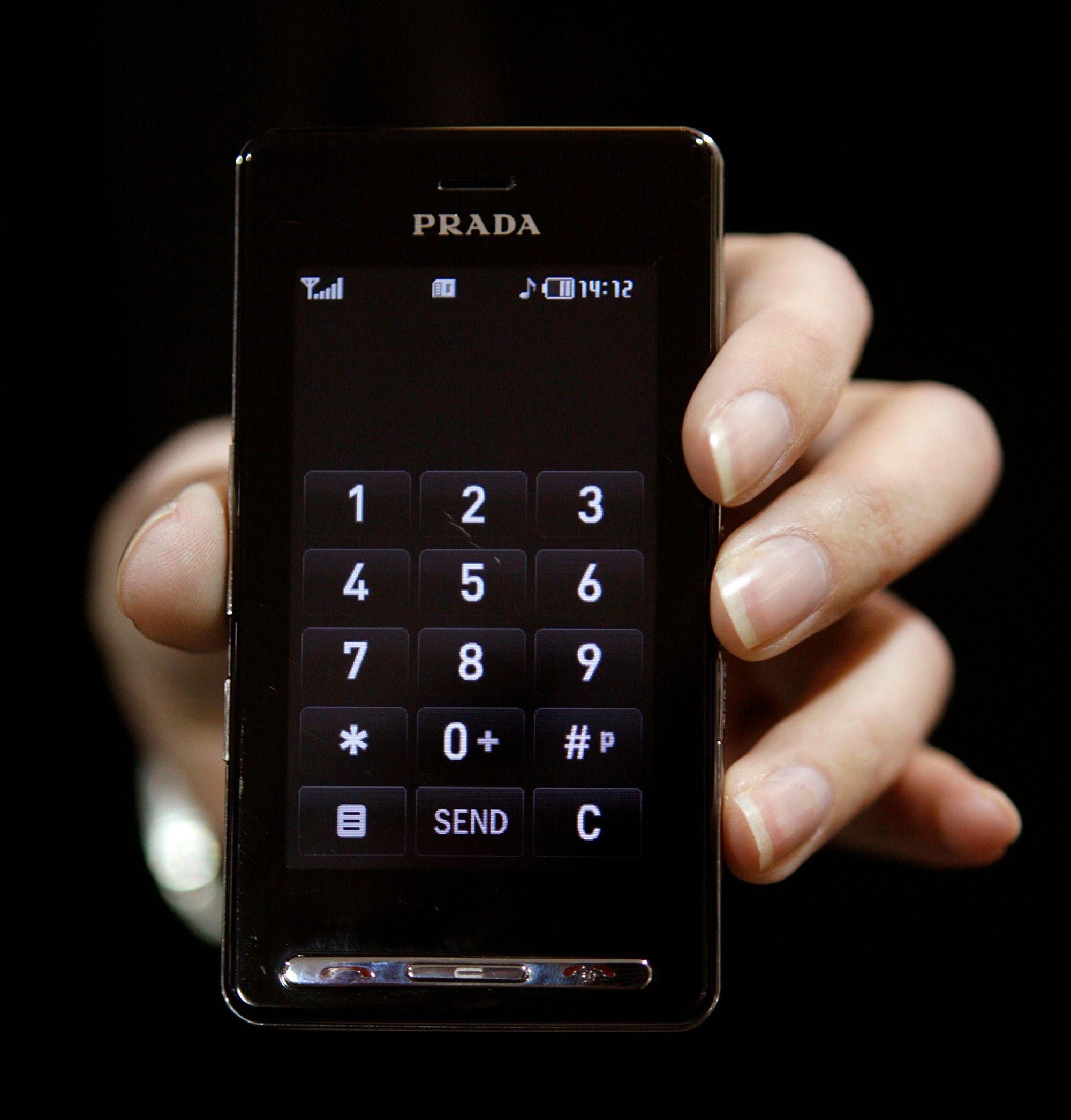
“We consider that Apple copycat Prada phone,” said Woo-Young Kwak, head of LG Mobile Handset R&D Center, in February 2007. He claimed that the U.S. company saw the design as it was unveiled in the iF Design Award. Few days before, when asked if LG plans to sue Apple, Chang Ma, LG’s VP of marketing, laughed: “Should we?”
For all the showboating, it looked like LG was choosing the distribution strategy contrary to the one of Apple. It started the distribution with Europe and Asia, later entering the U.S. market without a carrier partnership. That, in turn, impacted the price: LG Prada cost $849 unlocked while the more accessible iPhone cost as low as $499. And despite the fact the LG phone had some benefits over the Apple one (namely, the video recording ability which wasn’t present on the first iPhone), the latter had more capable hardware and software.
Unless you liked Prada too much, its co-branded phone was a bad deal overall. But the partnership had not only persisted till 2012 but solidified the touch phone class as a viable one, coexisting with the iPhone and modern smartphones—and, occasionally, trying to best them.
From Overcoming to Undercutting
Over time, touch phone makes were finding its customers alongside the cheaper part of a price spectrum—the one smartphones weren’t able to capture for a long time. That doesn’t mean LG Prada was a luxurious one-off: more touch phones than it might seems aimed for the top.
One of them was the Samsung Jet, released in 2009 with a slogan “smarter than a smartphone.” The audacity was justified: its 800 MHz processor was unprecedentedly powerful for a feature phone of its time. (The phone was capable of running Android, as proved by tech enthusiasts later.) Samsung aimed to make the best out of the hardware, as far as its custom TouchWiz interface allowed, enabling it with a WebKit-based browser, a task switcher, and video codecs which did not require converting videos with a PC. For all the effort to make Jet the next thing after the iPhone (multimillion-dollar marketing plan! launch events! holographic shows!), it largely fell into obscurity: cheaper Star and Corby phones were notably more popular.
The name “Samsung Jet” might have been re-purposed for a line of vacuum cleaners later, but the phone did not exist in a vacuum. While Samsung made its bet on the overall processing power, LG focused on high-megapixel camera sensors with its Viewty and Renoir phones. Smaller companies started to make their own touch phones, going for LG and Samsung’s cheaper offerings. With its first phone of that kind, Alcatel decided to make it as small as possible while sprucing it up with an LED navigation pad.
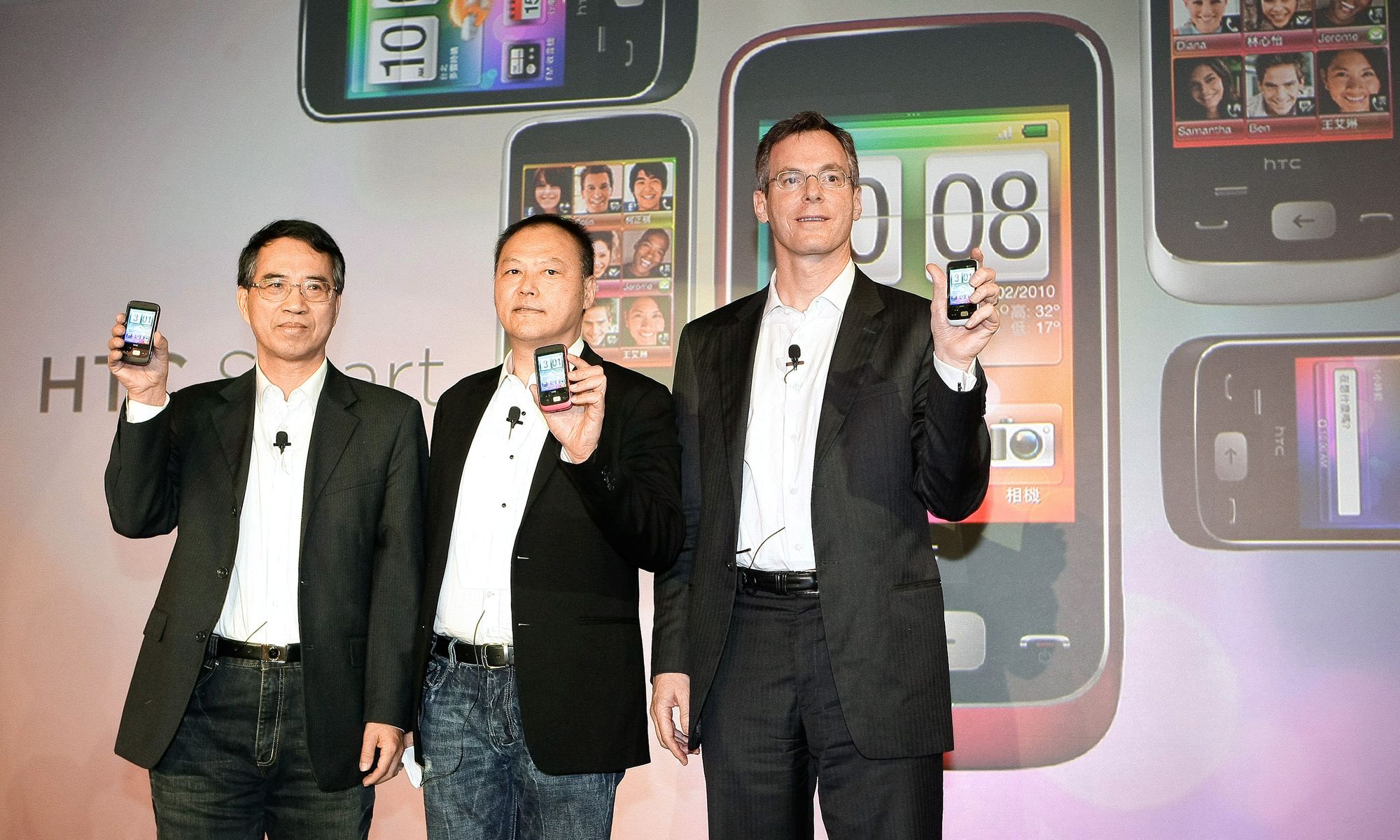
The market was lucrative even for manufacturers which had never made basic phones before. HTC, a prime manufacturer of smartphones outside Nokia’s realm, released the HTC Smart in 2010 and the updated Freestyle a year later. HTC did not write its own software platform from the grounds up—and neither did LG and Samsung. All three companies, as well as some more, were licensing the BREW system from Qualcomm and writing their own user interfaces on top of it. With the Smart, HTC beat both of their competitors at adopting Brew MP, the latest revision of it—and, in a unique fashion, featured the Brew MP brand in all the marketing and user-facing materials down to the PC synchronization tool.
It wasn’t until 2010 when Nokia made its own touch phone. The company first brought touch input to its tired-and-true Series 40 phone software with Nokia Touch and Type, a pair of candybar phones which combined a traditional numeric keypad with a small touch screen. (The only giveaway these Nokias were touch-enabled was the lack of navigation buttons.) A year later, after releasing the C2-06 slider which looked more similar to contemporary touch phones, Nokia introduced its first “full touch” phones in its new Asha lineup.
In 2013, Nokia moved away from using the Series 40 platform for its touch phones. The new platform, introduced with the Asha 501 and released on four more phones, looked like a downscaled yet evolved version of the MeeGo Harmattan, a prospective Linux-based system briefly used before Nokia’s switch to Windows Phone. The interface was designed by Peter Skillman, who previously worked on the MeeGo, and many of the latter system’s cues, including gesture navigations, were found in new Asha phones as well. Most major social media apps, from Facebook and Twitter to Foursquare, had Asha versions, and the system itself got the OneDrive integration a bit later.
The last batch of Asha handsets, as well as Samsung’s REX phones which looked deceptively similar to their concurrent budget Android phones, were far from the premium mark set by LG Prada and the likes. These touch phones, squarely sold in India and emerging markets, were more capable than ever, and yet they paled in comparison with even the most basic smartphones. The latter have reached the price point of $100 and below by then, trumping the whole class of feature phones.
Back to Basics and Beyond
“I think the simple phones did take the wrong step of trying to emulate and compete head to head with the smartphones, not realizing that what made them a unique offering was their simplicity,” tells Joe Hollier, Light co-founder, to 30pin in an email interview. After a crowdfunding campaign in 2018—way past the prime age of touch phones—the company released the Light Phone II, a no-distraction touch phone with a deliberately limited feature set, an e-ink display, and a $350 price tag reminding of decade-old premium handsets.
With a small body and a squarish screen, it almost looks like a reinterpretation of the Asha 500 phone. Hollier insisted the team did not know of that one before). The Light Phone II, however, was built from the different line of thought, as its its creators handpicked what to select from a modern technological stack. So far, the handset can only place calls, send messages and serve as a hotspot and an alarm clock. Even navigation, which Hollier promises in future updates, will be limited to direction alerts. “The Light Phone II is not anti-technology… it’s more about the right tool for the job,” he explains the rationale behind the decision.
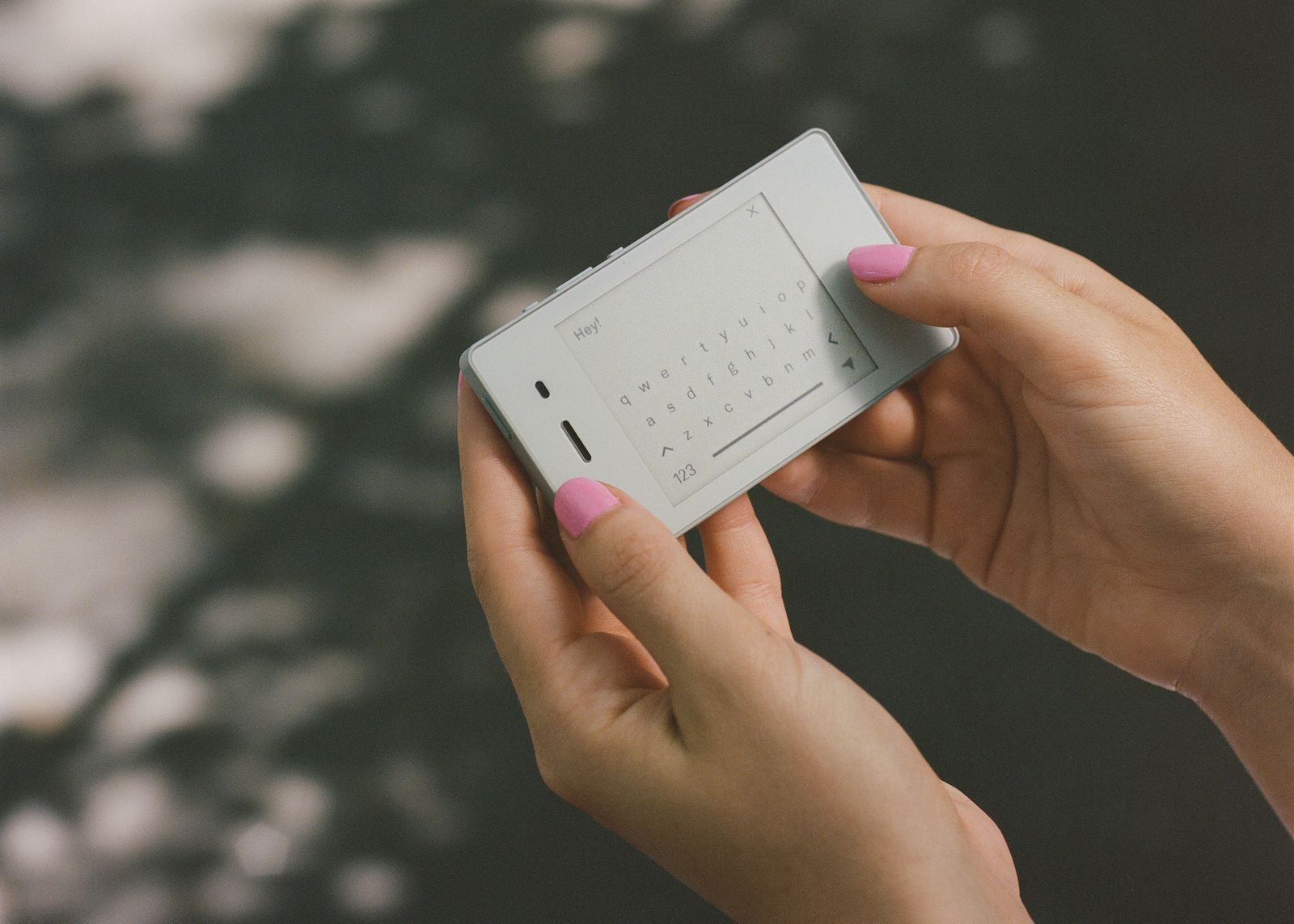
Disregarding the countless no-brand handsets of dubious origin, the Light Phone II is one of few feature phones on the market by 2020s and the only one with a full touch screen interface. The other side of the market, represented by Nokia’s nostalgic remakes and ultra-cheap handsets by an Indian telecomms juggernaut, is powered by KaiOS, a mobile platform specifically designed for keypad-driven devices. None of current KaiOS phones use a touch screen, and a KaiOS Technologies representative stressed in an email to 30pin that “the user interface used in KaiOS today has been designed from the ground up to be optimized for non-touch feature phone hardware.”
KaiOS developers were taking their inspiration from both feature phone and smartphone system, wrote the developer’s rep in an email. The main focus for the project was to to provide smartphone-level apps and Internet services on affordable feature phone hardware; said goal is still the main one today.
A $350 gadget does not exactly compete on the same field as the ultra-cheap phone which might be one’s first Internet-enabled gadget ever. The Light co-founder agrees with that, noting the Light Phone II goes for the quality of its design, not the low price point. With all the differences, he says the Light team has a lot of respect for KaiOS developers: “[We] think they are filling an important need in trying to help make smartphones more available to a larger audience.”

To Hollier, however, squeezing in Facebook and Twitter in a keypad phone “feels like a gimmick,” as these features pushed smartphone users into seeking simpler phone alternatives. That’s where, he notes, previous touch phones missed their chance, as they ended up being “not-as-great versions of those smartphones they aspired to be.”
Could the promise of a no-distraction device revive the touch phone? So far, the Light Phone II is the only phone of its kind, with no direct and affordable alternative in sight. But the current KaiOS-powered feature phones are slowly becoming more inaccessible to younger people, which might have never interacted with a keypad phone. If the goal of bringing the modern connectivity to the next billion of users persists, feature phones will have to adapt to evade another extinction.

